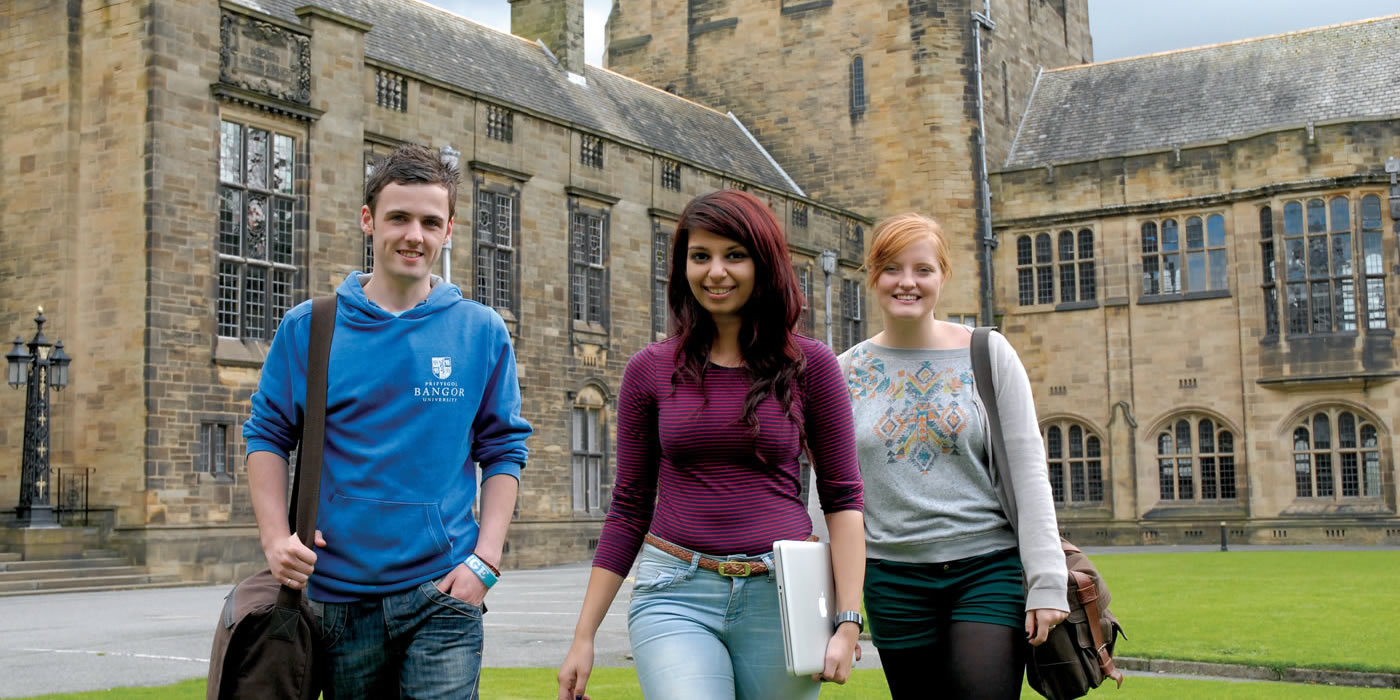Down-speeding diesel engines with two-stage turbochargers: Analysis and control considerations
Allbwn ymchwil: Cyfraniad at gyfnodolyn › Erthygl › adolygiad gan gymheiriaid
Fersiynau electronig
Dangosydd eitem ddigidol (DOI)
Diesel engines continue to be used in truck applications, so reducing fuel use and hence CO2 emissions, is a priority. Single-stage turbocharged diesel engines are known to be fuel efficient under steady load at low speeds. However, the engine’s ability to track load transients becomes limited by emission constraints due to the rate of production values for smoke and the resulting higher nitrogen oxides (NOx). Modern air-path solutions including a variable geometry turbine (VGT) and high pressure exhaust gas recirculation (EGR) can be used to improve dynamic response without increasing NOx emissions, but lead to complex interactions that can be difficult to control. This paper develops a two-stage, in-series, air-path configuration, which improves the typical part-load performance at low engine-speeds through adjustments to the turbine expansion ratios. Better EGR rates (for NOx reduction) at low engine speeds can be achieved whilst the engine transient response is maintained. The air-path system is simulated using Ricardo Wave software and analysed for steady-state and transient behaviour in order to identify the relationships, constraints and performance measures for different operating regions that specify the controller requirements.
Allweddeiriau
| Iaith wreiddiol | Saesneg |
|---|---|
| Tudalennau (o-i) | 78-89 |
| Nifer y tudalennau | 12 |
| Cyfnodolyn | International Journal of Engine Research |
| Cyfrol | 23 |
| Rhif y cyfnodolyn | 1 |
| Dyddiad ar-lein cynnar | 1 Rhag 2020 |
| Dynodwyr Gwrthrych Digidol (DOIs) | |
| Statws | E-gyhoeddi cyn argraffu - 1 Rhag 2020 |
| Cyhoeddwyd yn allanol | Ie |

